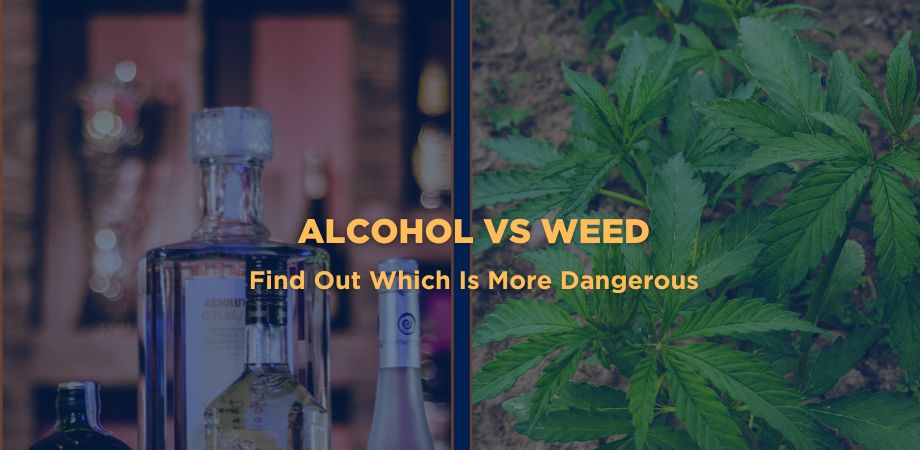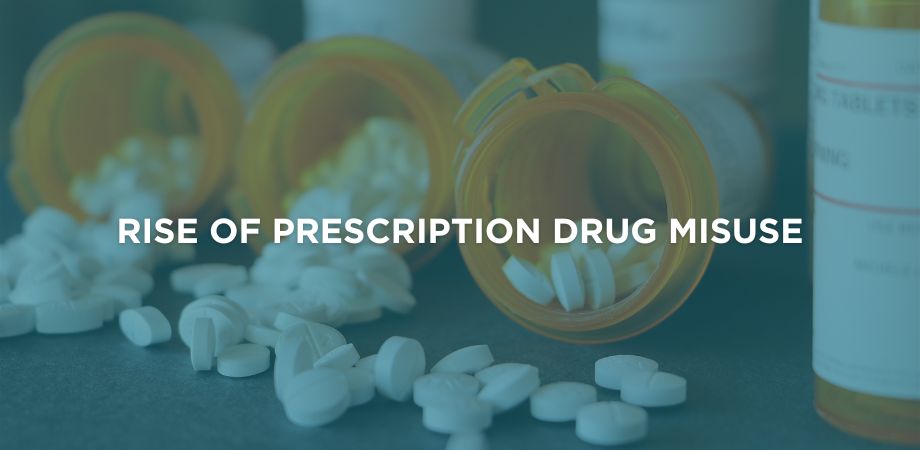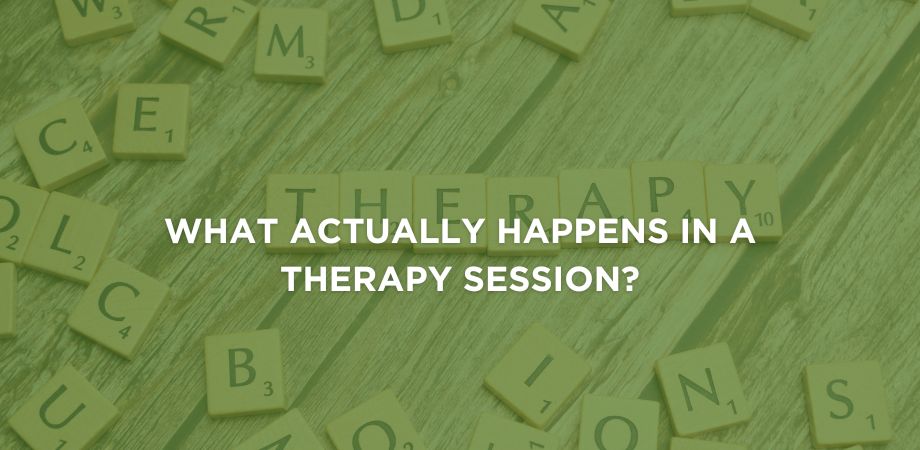Alcohol is more harmful than weed due to its greater impact on physical health, addiction potential, and social consequences. However, both substances have profound effects on physical and mental health.
Alcohol, found in beverages such as beer, wine, and spirits, is widely consumed for social and recreational purposes. Weed, which contains compounds like THC and CBD, is gaining popularity, partly due to changing legal and cultural attitudes. In India, according to the National Survey on Drug Use and Health, about 14% of adults consume alcohol, while cannabis use is estimated at 3.1% among the population.
The symptoms of alcohol addiction include cravings, withdrawal symptoms such as tremors and anxiety, neglect of responsibilities, and continued use despite harm. Weed addiction symptoms include increased tolerance, irritability, difficulty concentrating, loss of motivation, and withdrawal symptoms like insomnia and mood swings.
Why is Alcohol More Dangerous Than Weed?
Alcohol is more dangerous than weed because of the higher risk of fatal overdose, greater contribution to health issues, including cancers and organ damage, and well-documented impairment leading to accidents and violence. Alcohol use results in more serious long-term health consequences, including liver disease, heart problems, and cancer. At the same time, cannabis poses fewer direct health risks, albeit with some cardiovascular concerns and potential cognitive effects when used heavily or in youth.
A study of 50 heavy cannabis users in India (25 charas smokers and 25 bhang drinkers) found poorer physical health and nutrition, more respiratory complaints, but no definite cannabis-related psychosis. However, users had more neurotic complaints, poor work records, family maladjustment, and incidents of violent behaviour compared to controls, according to Mehndiratta SS et al.’s study titled “Psychosocial Effects of long-term cannabis Use in India,” published in the Journal of Drug and Alcohol Dependency.
Cultural context in India also highlights alcohol’s social harms and related violence as a significant public health issue, often outweighing the relatively lower social and health risks associated with cannabis. While both substances impair coordination and cognitive function, leading to a risk of accidents, alcohol’s acute and chronic effects are more extensively harmful.
How Do Alcohol and Weed Affect the Body and Brain?
Alcohol and weed affect the brain primarily by altering neurochemical processes in regions such as the cortex and hippocampus. Alcohol causes intoxication by depressing the central nervous system, impairing motor skills, judgment, and memory. Long-term use can lead to brain damage and cognitive impairment.
Weed affects cannabinoid receptors in the brain, influencing mood, memory, and perception. Short-term effects include intoxication and altered sensory experiences; however, long-term use may impair cognitive functions and brain development, especially in young users. Both substances have addiction potential due to their impact on brain reward pathways, but the degree and mechanisms differ.
What Are the Health Risks Associated With Alcohol Use?
The health risks associated with alcohol use affect physical health, mental well-being, and social circumstances.
Below are the health risks associated with alcohol use.
Physical health issues
Physical health issues include liver disease, cardiovascular risks and cancer.
- Liver disease: Alcohol consumption causes liver inflammation and damage, leading to conditions such as fatty liver, alcoholic hepatitis, fibrosis, and cirrhosis. Chronic alcohol use increases the risk of liver failure. Chronic heavy alcohol use (>40 grams per day) leads to fatty liver in most individuals. About 35% of heavy drinkers develop advanced liver disease such as fibrosis or cirrhosis, according to Osna, N. A., et al’s 2017 study titled “Alcoholic Liver Disease” published in the Journal of Current Reviews.
- Cardiovascular risks: Drinking alcohol excessively causes high blood pressure, irregular heartbeats (arrhythmias), cardiomyopathy (weakened heart muscle), and increases the risk of stroke and heart attacks. About15% of cardiac arrests may be linked to alcohol consumption, as reviewed by Georgescu, O.S., et al, in a 2024 study titled “Alcohol Consumption and Cardiovascular Diseases” published in the Life Journal.
- Cancer: Alcohol use is known to increase the risk of several cancers, including mouth, throat, oesophagus, liver, breast, and colon cancer. The carcinogenic effect results from alcohol’s ability to damage DNA and exacerbate chronic disease risk.
Alcohol consumption is responsible for about 4-5% of all cancers worldwide and related cancer deaths. In the US in 2019, it accounted for nearly 100,000 cancer cases (5% of total) and 25,000 deaths (4% of total), according to Yoo JE, et al, a 2022 study titled “Association Between Changes in Alcohol Consumption and Cancer Risk” published in the Journal of the American Medical Network.
Mental health impact
Mental health impact issues include depression, anxiety and alcohol use disorder.
- Depression and anxiety: Alcohol worsens symptoms of depression and anxiety by affecting brain chemistry and causing mood instability. Although sometimes used to self-medicate, it often exacerbates mental health issues.
- Alcohol use disorder: Continued use causes dependency, characterised by craving, loss of control, and withdrawal symptoms when not drinking. This disorder dominates a person’s life and reduces the quality of life.
Social consequences
Social consequences are violence, accidents and injuries.
- Accidents and injuries: Alcohol impairs judgment, coordination, and reaction time, which increases the likelihood of accidents such as car crashes, falls, and drownings.
- Violence: Alcohol use leads to aggressive behaviour, domestic violence, and other forms of interpersonal violence, resulting in physical and emotional harm.
What Are the Health Risks Associated With Weed Use?
The health risks associated with weed use are respiratory, mental health, and dependency risks.
Below are the key health risks associated with the use of weed.
- Respiratory Issues: Smoking weed damages lung tissue and the lining of airways, causing chronic bronchitis, chronic cough, phlegm production, wheezing, and increased risk of respiratory infections. It weakens lung immune defences and may contribute to airway inflammation and emphysema. Vaping marijuana also carries risks of lung injury. These effects occur because marijuana smoke contains irritants that impair normal respiratory function. In one study, 75% of marijuana smokers had emphysema compared to 67% of tobacco smokers, and only 5% of non-smokers, according to Murtha L, et al, a 2023 study titled” Radiology.
- Mental Health Risks: Weed use affects brain functions such as memory, attention, decision-making, and coordination. It can trigger or exacerbate mental health disorders like psychosis, anxiety, paranoia, panic attacks, and may increase the risk of schizophrenia, especially in youth or those with predispositions. High-THC products are linked to more severe symptoms. It can also worsen symptoms of bipolar disorder. Up to 50% of those with cannabis-related psychosis may later develop schizophrenia, according to Hall, W., et al, 2008 study titled, “Cannabis Use and the Risk of Developing a Psychotic Disorder” published in the Journal of World Psychiatry.
- Dependency and Withdrawal: Cannabis use disorder develops, characterised by difficulty controlling use, cravings, and withdrawal symptoms like irritability, anxiety, and sleep problems. This risk is higher with early and frequent use, particularly of high-THC cannabis. Cannabis use disorder affects about 9–10% of marijuana users, with estimates up to 30% among daily users, according to Connor, J. P., et al, 2021 study titled, “Cannabis Use and Cannabis Use Disorder” published in the Journal of Nature Reviews.
These risks are mediated through the psychotropic effects of THC via cannabinoid receptors, which affect brain and bodily functions. The impairment of respiratory and mental health may exacerbate underlying conditions and contribute to substance use disorders.
How Do Alcohol and Weed Impact Social and Economic Lives?
Alcohol and weed impact social and economic lives in that they affect their families and communities, and lead to legal consequences.
Impact on Families and Communities
- Alcohol consumption leads to increased domestic conflict, violence, and disruption of family responsibilities, which destabilises family dynamics and community cohesion.
- Women and children in households affected by alcohol face emotional trauma, instability, and economic marginalisation, with long-term intergenerational effects like educational setbacks and social alienation.
- Alcohol use is associated with gender-based violence and marital discord, creating social stigma that isolates affected families and individuals within communities.
- Weed (cannabis) also carries social stigma and legal restrictions, which can limit community acceptance and social integration, although less detailed data is available specifically for weed in India.
Economic Burden
- The economic loss from alcohol harms in India is approximately 1.45% of GDP annually, surpassing the government’s health expenditure (1.1% of GDP), according to Rehm J, et al, 2025 study titled, “Trends in Economic Indicators in India” published in the Journal of Alcohol.
- Alcohol-related health conditions, such as liver disease, cancers, and road accidents, lead to vast healthcare costs estimated at billions of USD, alongside productivity losses due to premature deaths and disabilities.
- Societal burden, including health system costs, out-of-pocket expenditure, and lost productivity, is enormous, with net economic loss even after adjusting for alcohol tax revenue.
- Productivity losses occur through employment issues, reduced work output, absenteeism, and increased job loss related to alcohol use disorder and its associated health effects.
- Crime and legal enforcement costs related to alcohol consumption add to the economic loss, including fees for policing, legal proceedings, and property damage.
Legal Consequences
India enforces various legal restrictions on alcohol and weed consumption, including regulations on sale and driving under the influence.
- Alcohol-related crimes, including theft, assault, and traffic violations, are prevalent, contributing to law enforcement burdens.
- Social stigma associated with alcohol and weed use can lead to criminalisation and social exclusion, affecting users’ social and economic opportunities.
- Loosely implemented regulatory frameworks, especially in rural areas, hamper effective control of alcohol and weed misuse, leading to sustained social and legal issues.
Is Alcohol More Addictive than Weed?
Yes. Alcohol is more addictive than weed. Cannabis dependence affects about 10% of users, which is lower than alcohol dependence rates, according to Ramadan M.et al, a 2020 study titled” Frequency of cannabis use and alcohol-associated adverse effects in a representative sample of U.S. Adolescents and youth (2002–2014), a cross-sectional study” published in the Journal of Cannabis Research.
Alcohol abuse poses a significant public health problem in India, with rising consumption levels and increasing numbers of hazardous drinkers, especially among young populations. Treatment and rehabilitation programs face challenges of limited access, social stigma, and high relapse rates. Compared to alcohol, cannabis addiction treatment is less frequently prioritised in India, but cannabis use can complicate alcohol recovery and increase relapse risks in treatment for AUD, presenting another challenge.
Both substances are associated with relapse, but alcohol’s strong physical dependence leads to higher relapse rates. Rehabilitation programs often require medical detoxification for alcohol dependence, which adds complexity to treatment.
What Are the Current Treatment Approaches for Alcohol and Weed Addiction in India?
The current treatment approaches for alcohol and weed addiction in India are detoxification, counselling, behavioural therapy, and rehabilitation centres.
Below are current treatment approaches for alcohol and weed addiction.
Detoxification
Medical detoxification is the first step in treating both alcohol and weed addiction. It involves medically supervised withdrawal to safely manage and gradually reduce the substance in the body, minimising withdrawal symptoms and preparing patients for further treatment stages.
Counselling and behavioural therapy
Cognitive behavioural therapy and other psychotherapeutic approaches are central to addiction treatment in India. They help individuals understand the root causes of addiction, develop coping skills, and support long-term recovery from both alcohol and weed addiction.
Inpatient programs
Residential inpatient rehabilitation centres provide structured, supportive, and drug-free environments for recovery. These centres offer group therapy, individual counselling, and holistic care, which are particularly effective for severe cases of addiction to alcohol and cannabis.
These approaches aim to treat, support, rehabilitate, counsel, and prevent relapse through comprehensive, multi-faceted care that addresses medical, psychological, and social aspects of addiction.
What Is Alcohol?
Alcohol is a chemical substance that refers primarily to a group of organic compounds characterised by one or more hydroxyl (–OH) groups attached to a carbon atom of an alkyl group. The most common form of alcohol in everyday life is ethanol, which is the active ingredient in alcoholic beverages such as beer, wine, and spirits. Ethanol is produced naturally through the fermentation of sugars by yeast and is known for its intoxicating effects on the human body.
How Long Do the Effects of Alcohol Last?
The effects of alcohol last for about 15 to 45 minutes to start feeling, with the intoxicating primary impact generally wearing off within about an hour. However, alcohol remains in the bloodstream for approximately 6 hours, can be detected in the breath for 12 to 24 hours, and in the urine for up to 72 hours or longer, depending on use and test sensitivity. The duration of intoxication and impairment can vary based on factors like the amount consumed, body weight, metabolism, and liver enzyme activity.
How Long Does it Take to Get Addicted to Alcohol?
To get addicted to alcohol, it takes repeated and prolonged use over time, with addiction involving changes to brain structure and function, leading to compulsive drinking despite adverse consequences. For some people, alcohol addiction starts to develop within weeks of heavy drinking, while for others it takes several months or even years of frequent and excessive alcohol use.
The exact time depends on various factors such as genetics, mental health, drinking patterns, and individual brain changes. Alcohol addiction involves changes in brain function and structure that make stopping difficult and drive compulsive drinking despite negative consequences.
How to Treat Alcohol Addiction?
To treat alcohol addiction, a comprehensive approach involving detoxification, rehabilitation, counselling, and ongoing support is essential. Treatment often begins with medically supervised detox to manage withdrawal symptoms safely. This is followed by rehabilitation programs that include individual and group counselling to address the psychological aspects of addiction and to develop skills for sustaining sobriety.
Rehab may be inpatient or outpatient, depending on the severity of the addiction. Behavioural therapies such as Cognitive Behavioural Therapy (CBT) and participation in mutual-support groups like Alcoholics Anonymous are essential components of treatment. Medication can also be used to reduce cravings and prevent relapse. Long-term aftercare and support are crucial to maintaining sobriety and preventing relapse, often involving ongoing therapy and support groups.





